Last night we learned our hotel has a huge magnetic sign where they update the progression of the cherry blossoms in different areas each day. This is such big business for Japanese tourism!
The key to a successful long run in and unfamiliar place is to find the river or tramlines, and stick to it. This morning was cold and crisp as we headed out through the city streets, along Kamogawa (duck river) and then branched to upstream on Takanogawa. Both rivers are lined with cherry blossoms, with many sections in full bloom, and others nearing the end of their season.
There are so many bridges and crossings along the way. It would make a fabulous ‘bridge run’, zig-zagging up and down the river! The design of the bridges and crossings obviously play an important role in ensuring that both water and people move quickly and safely when the river rises. The turtles and boats that feature in some of the crossings are not only quirky, but functional.
Our last day in Kyoto was spent heading to the major sights, starting with Kinkaku-ji, the Golden Pavilion. This is a Buddhist Temple designated as a World Heritage site dating back to the 14th Century. The gold leaf is intended to purify any thoughts and feelings towards death, and stood out beautifully in the sunlight.
The original temple has burned down a couple of times, most recently in the 1950s. It was rebuilt in 1955, and featured additional restoration in the early 2000s. It’s fascinating the way that the Japanese are just willing to rebuild historic sites like this and Osaka Castle to retain the history and stories, even if the original is gone.
We also finally had a win on the coffee front. This guy knew his market, and knew how to make coffee from his little hole in the wall. My theory that the La Marzocco machines are owned by people who care about coffee in traditionally non-coffee-drinking areas remains in tact.
The Togetsukyo ‘Moon Crossing’ bridge spans the Katsura River to the West of Kyoto. It was first built in 836, and most recently rebuilt in 1930s. The underlying materials have changed, however the style of the bridge has not. Apparently it’s used as a rite of passage for local children, who receive a blessing at a local temple, and then walk across without looking back.
We finished the afternoon with a plan to explore some of the retail areas. Instead, we continued to get drawn into unique local attractions. This permanent public art installation called ‘Kimono Forest’ is made up of about 600 2-meter high pillars that feature 32 different kimono patterns. Such a beautiful idea!
Then there was the MoMA (Museum of Modern Art, NY) store in the centre of Kyoto that featured Japanese designers. Very cool nod to the locals!
On a cold and rainy night we headed out to the Gion district to find dinner. A popular little place that served a cook-your-own beef katsu won the night… sometimes you just need something warm, quick and filling!
Love M & A xx
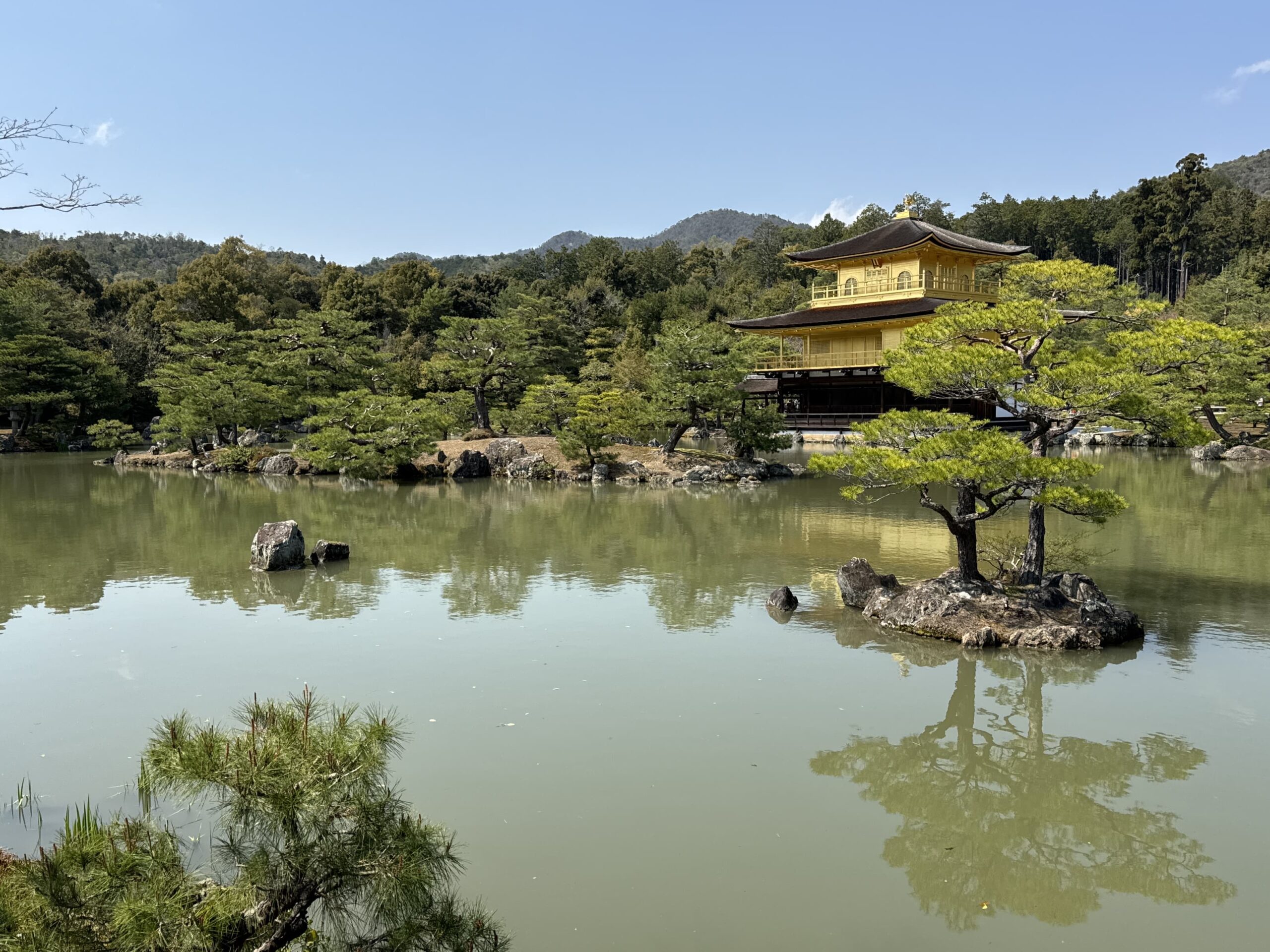
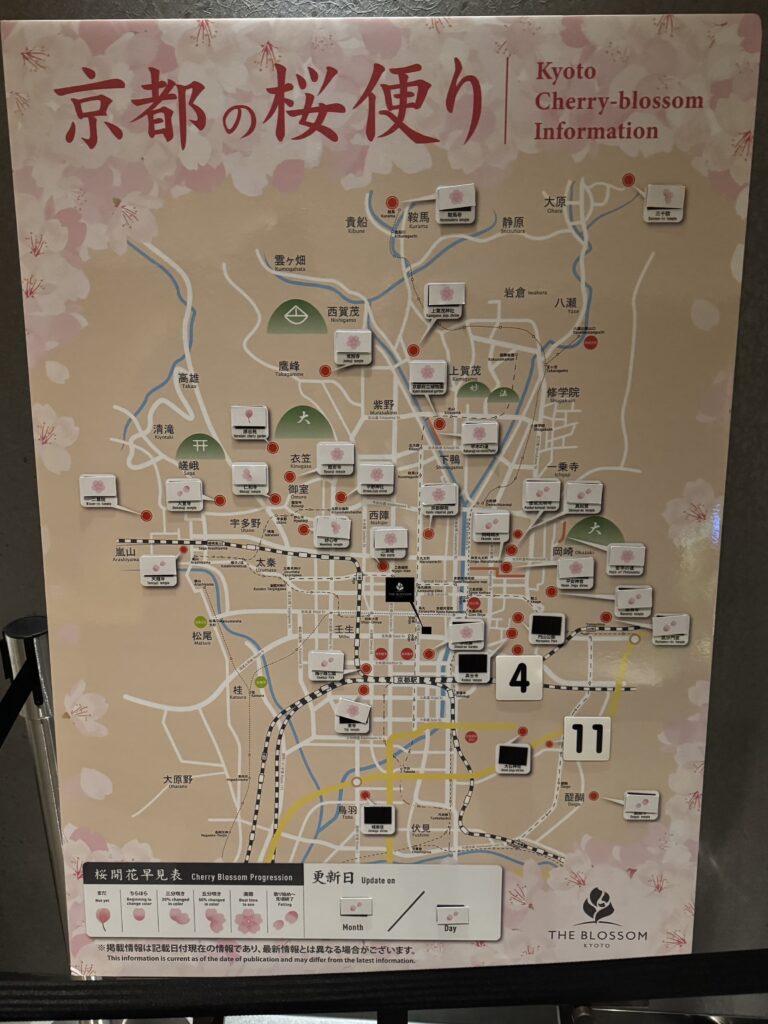
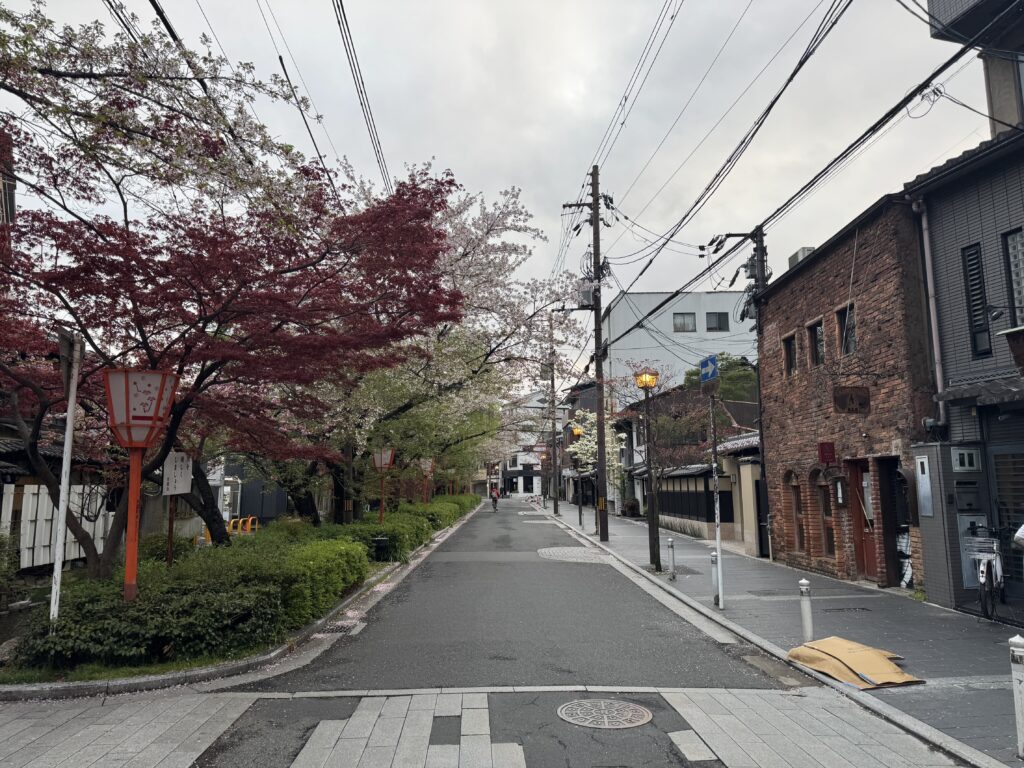
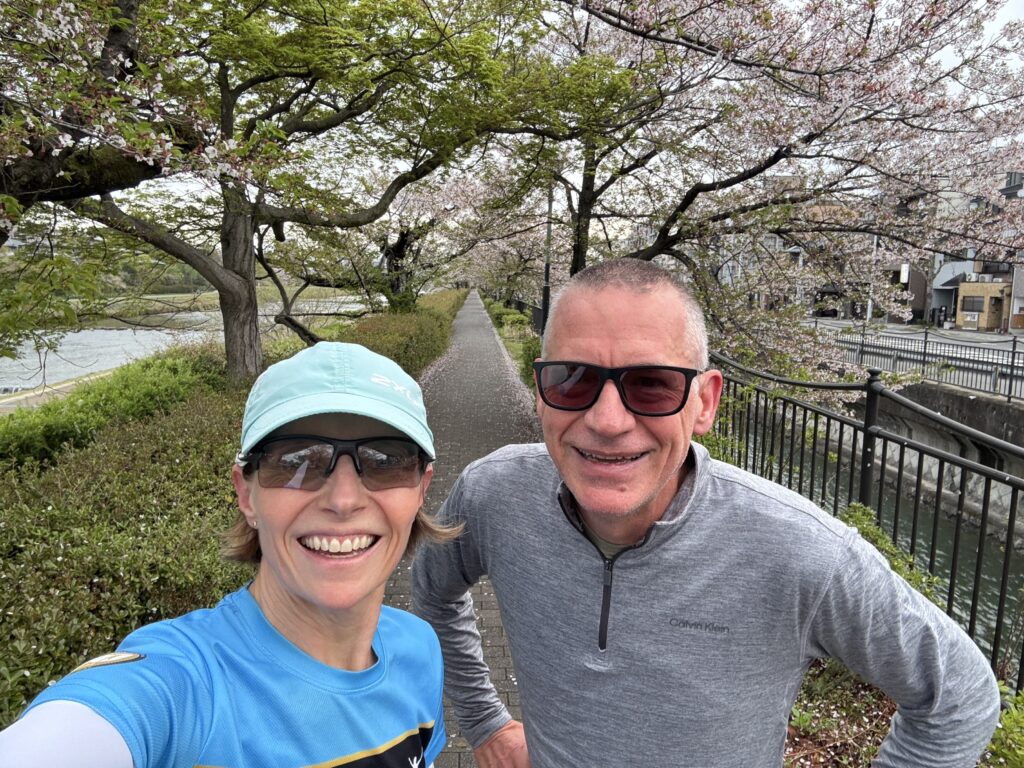
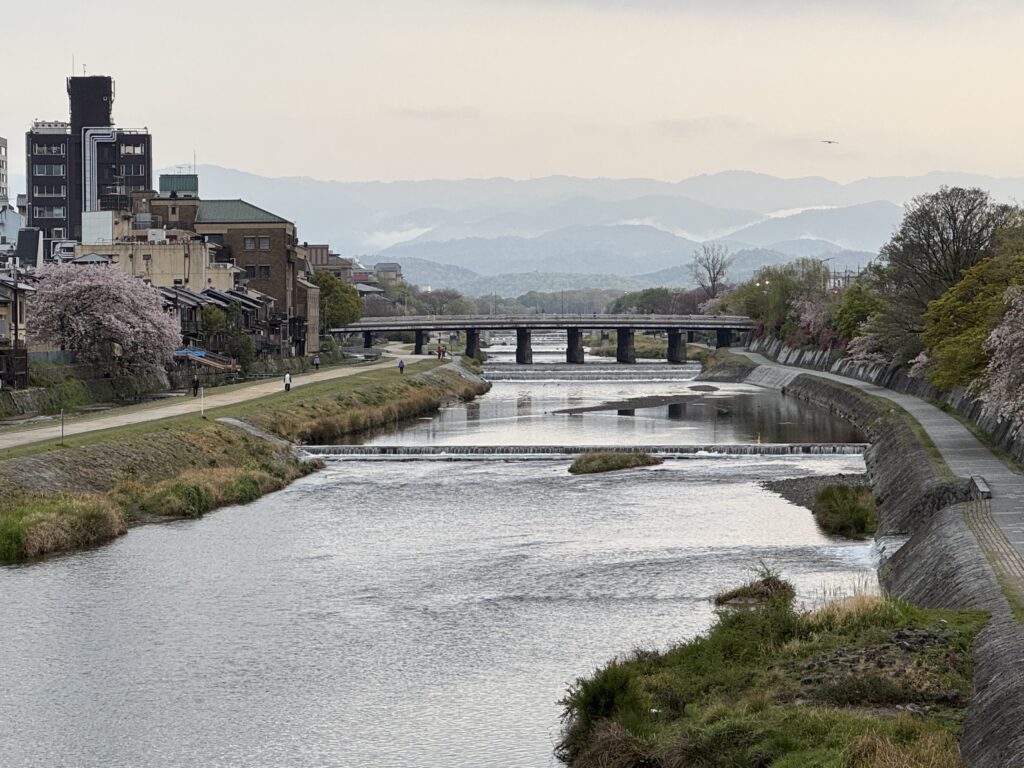
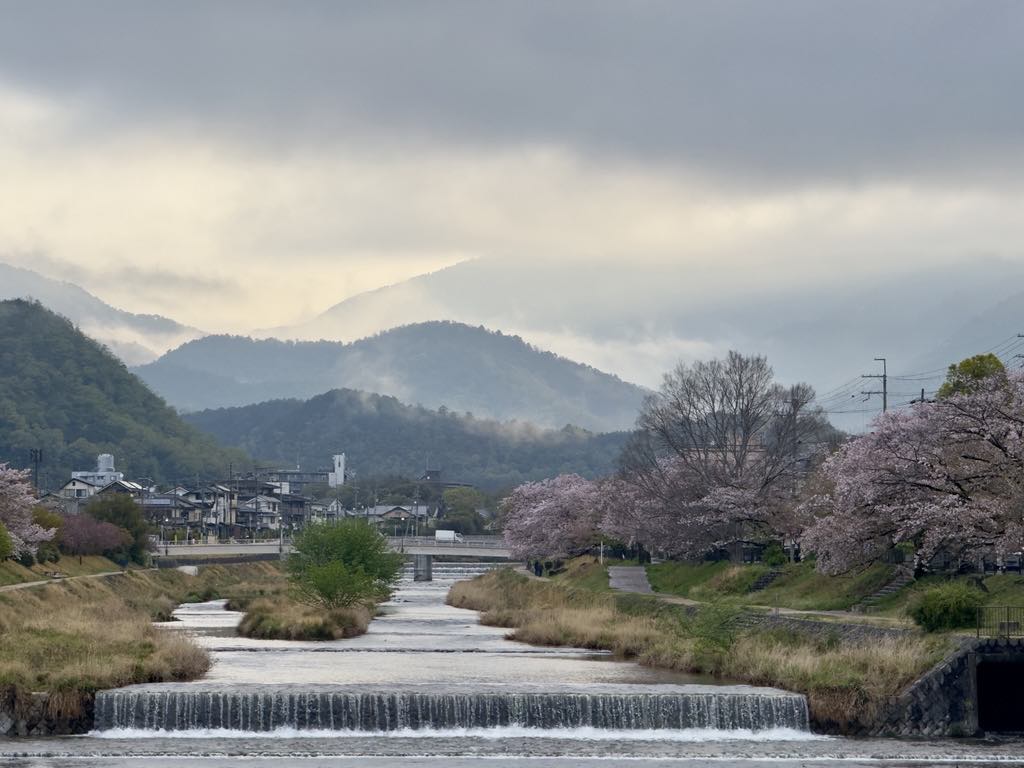
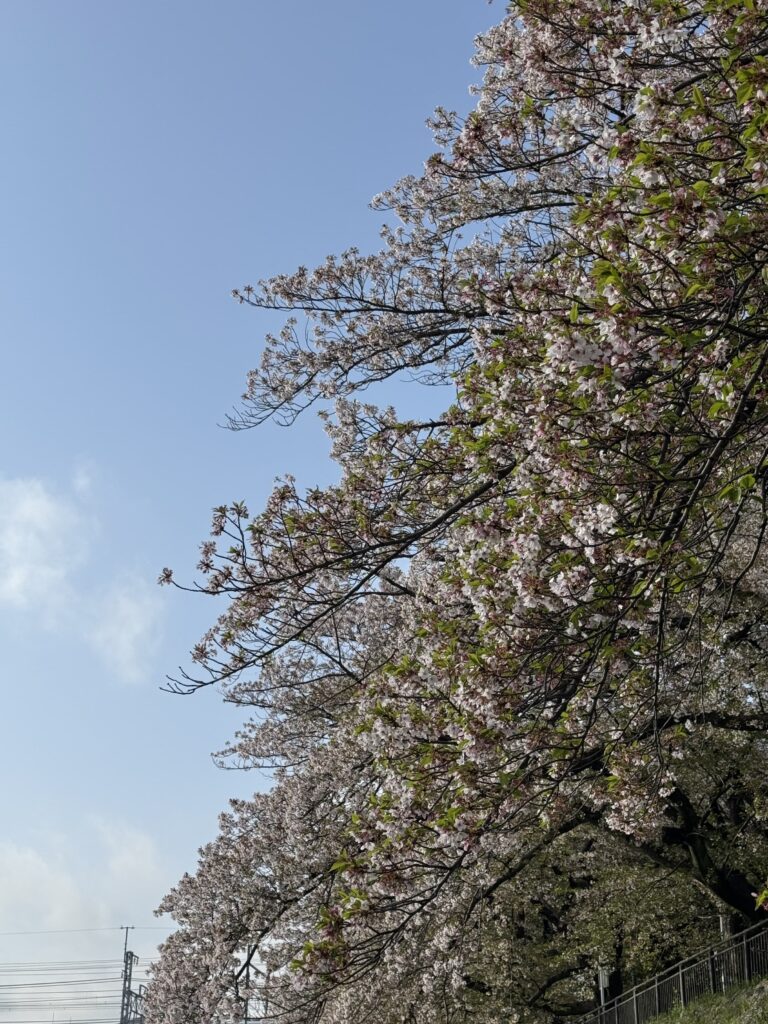
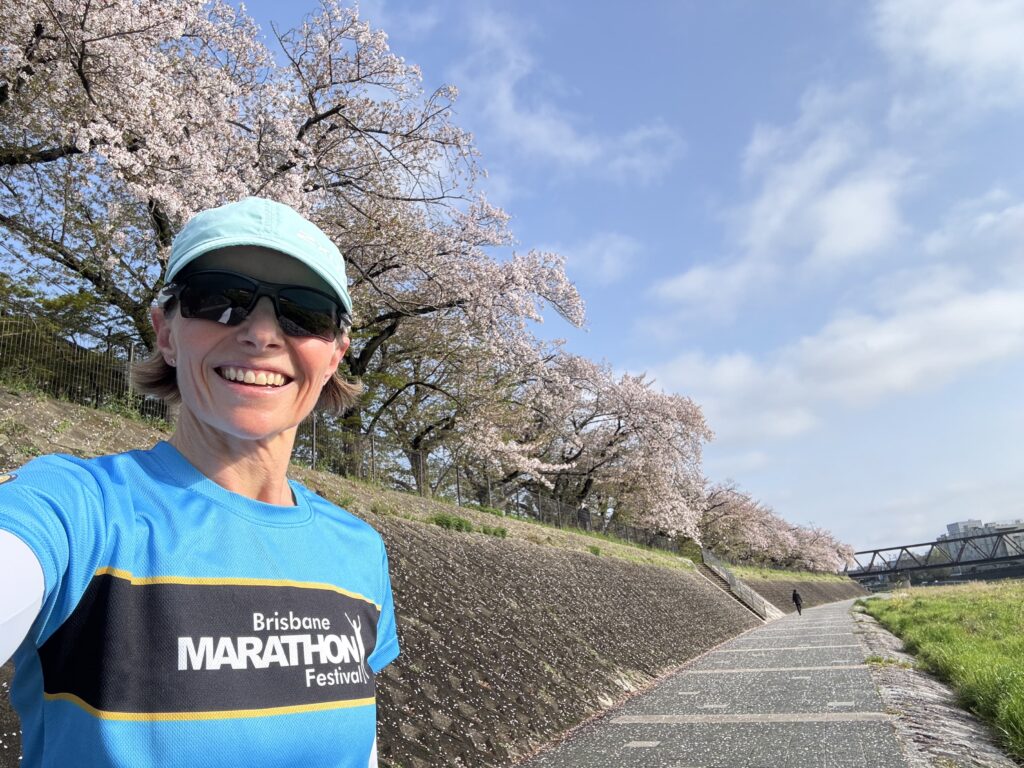
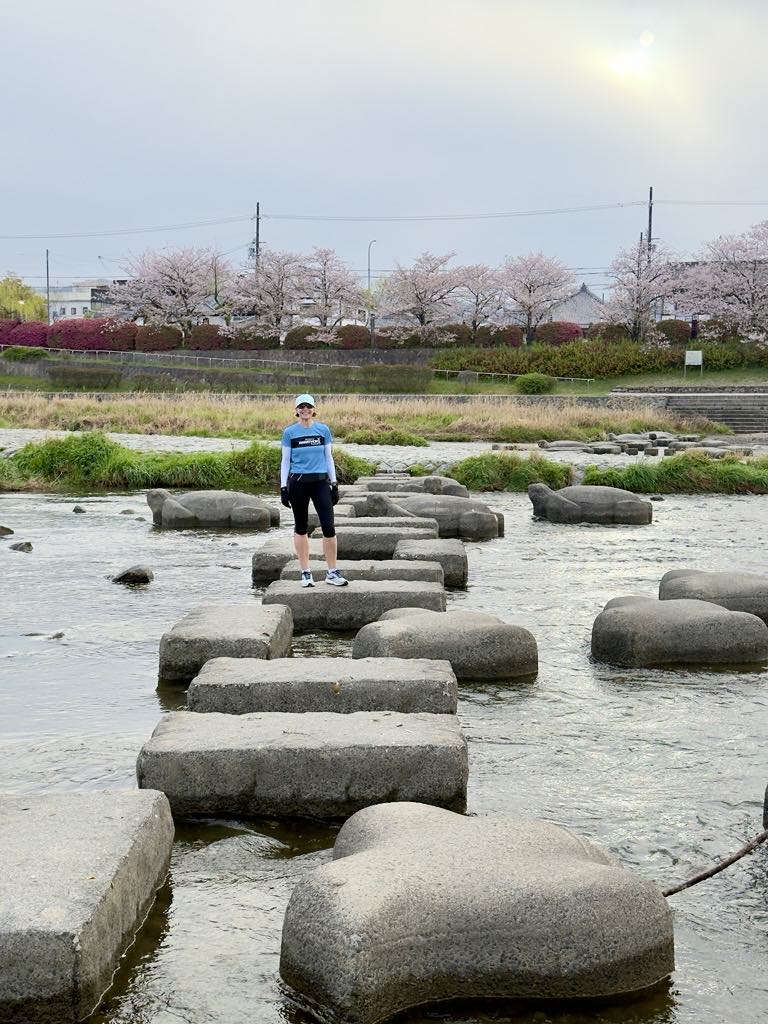
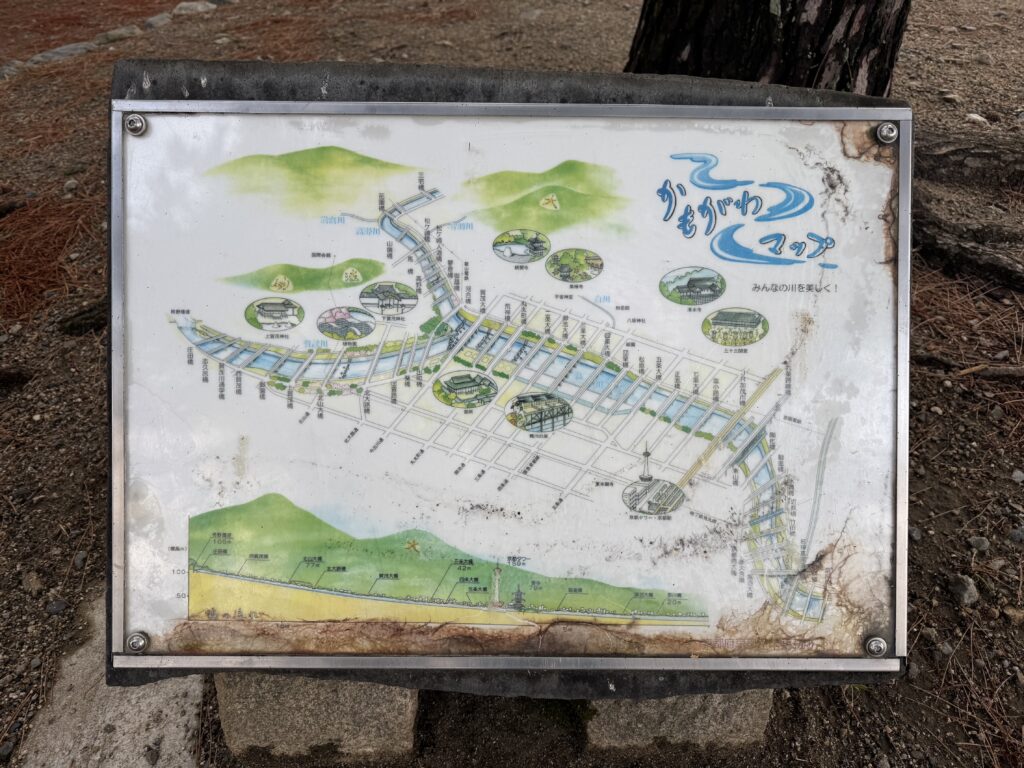
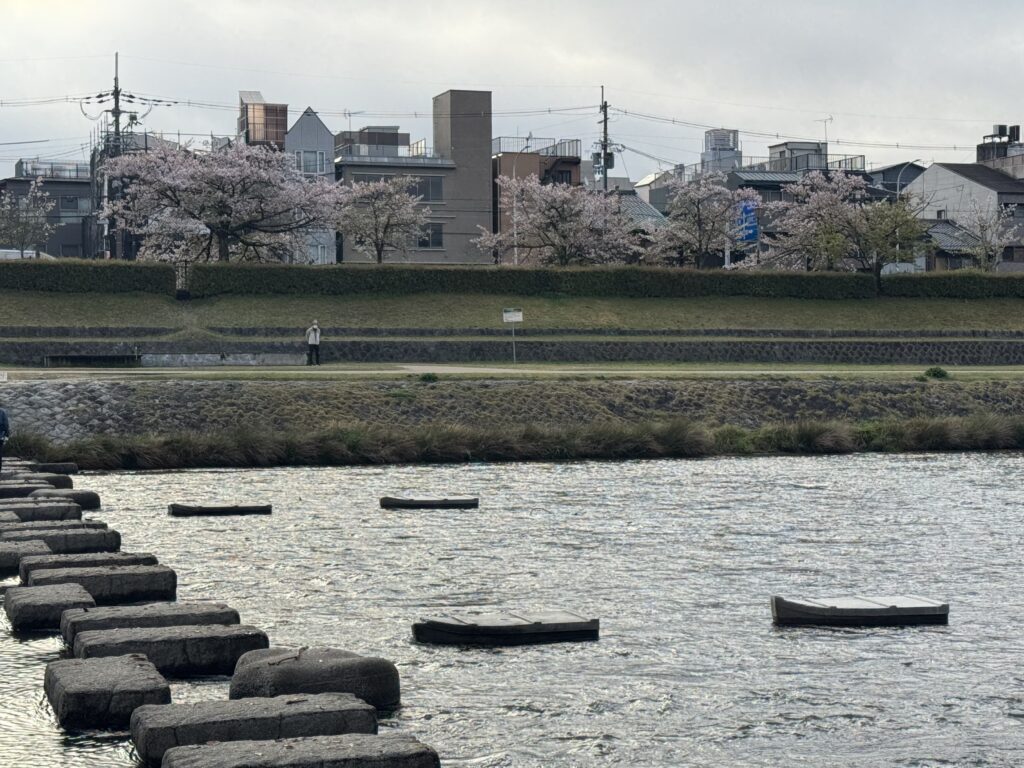
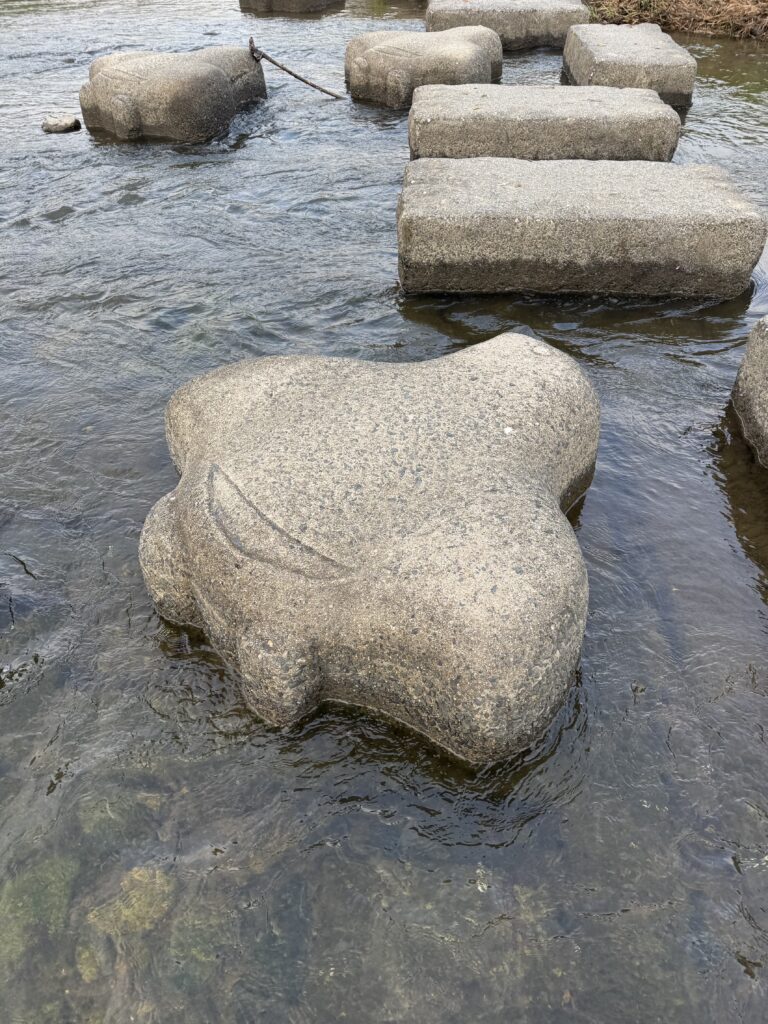
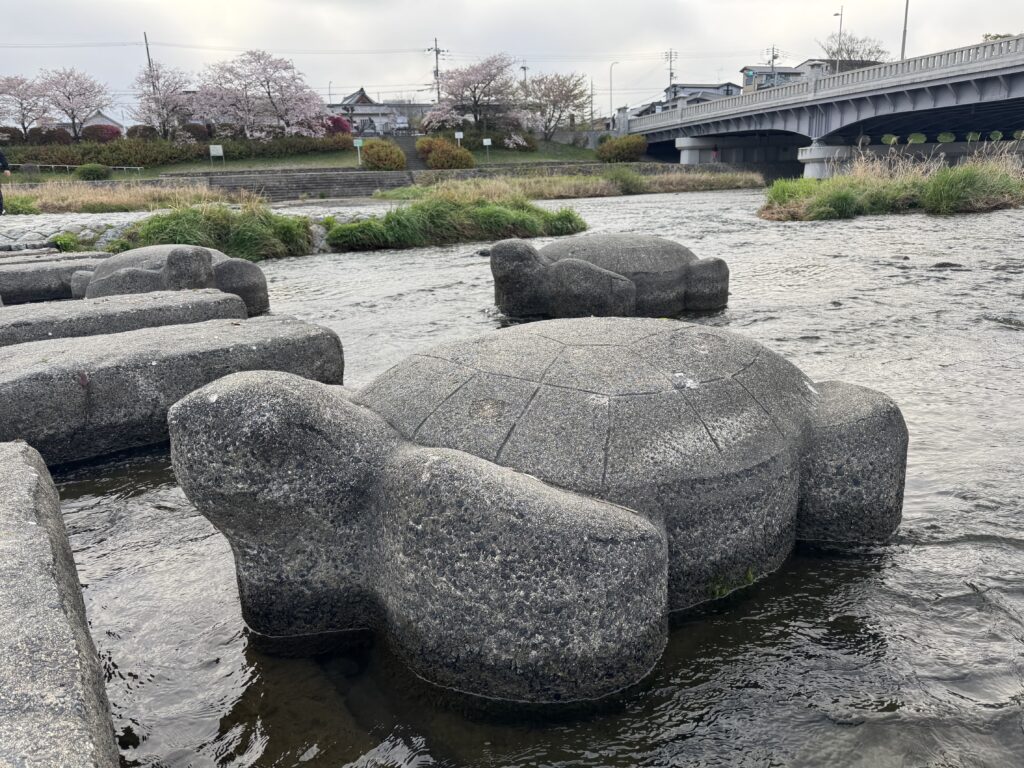
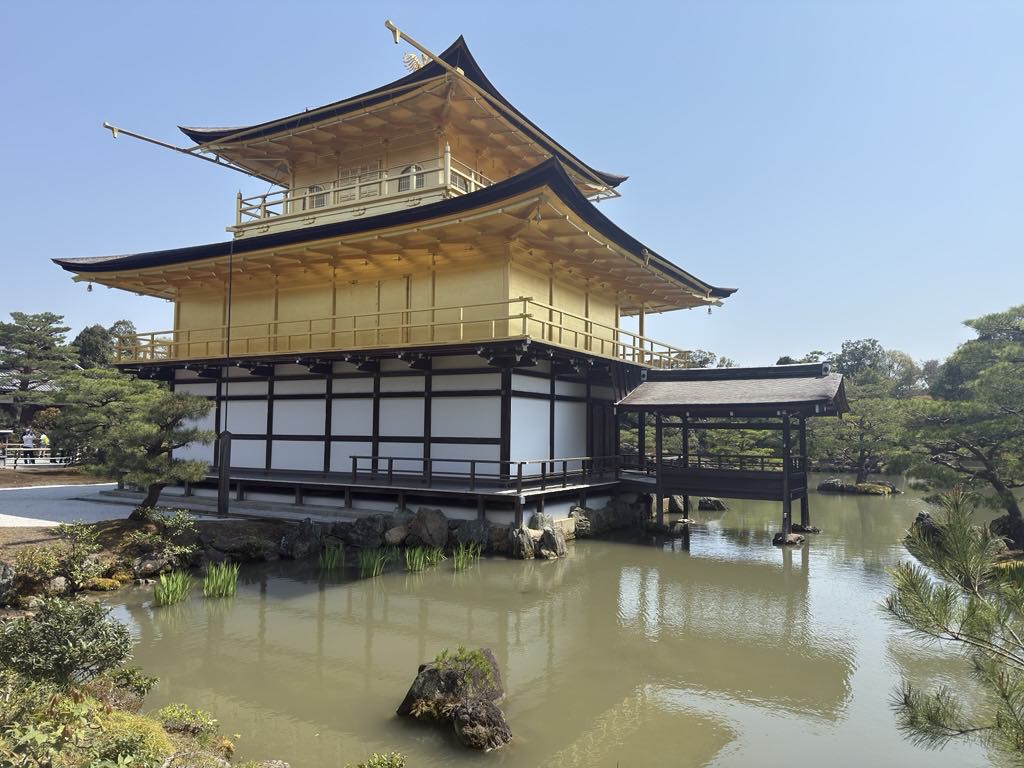
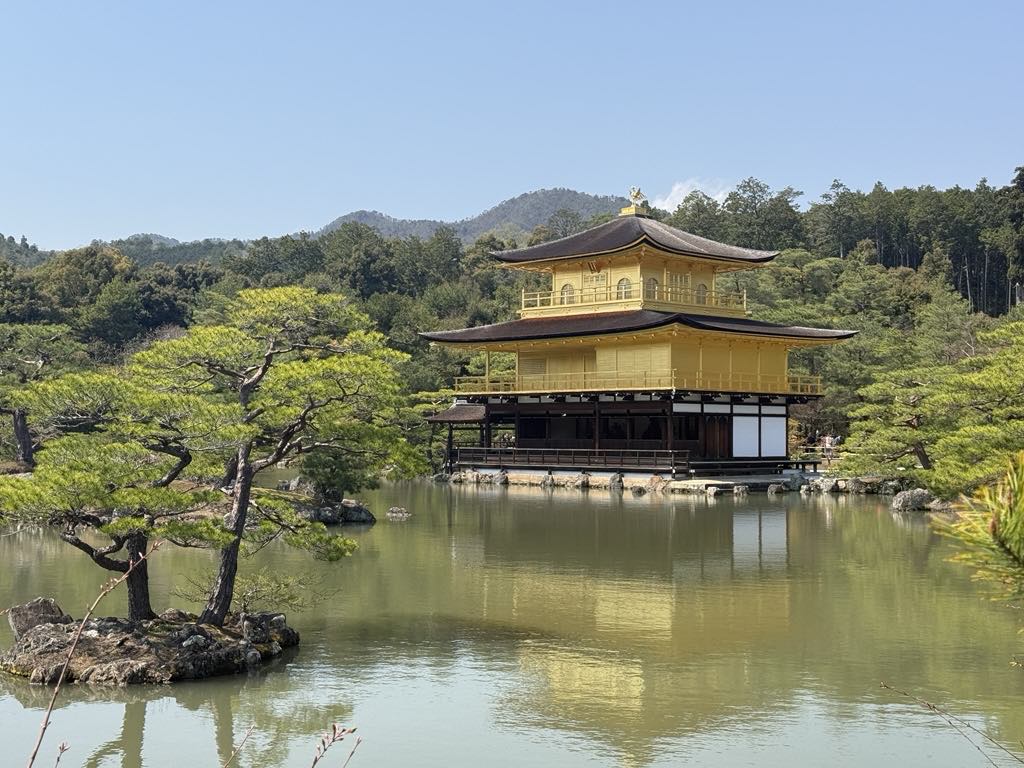
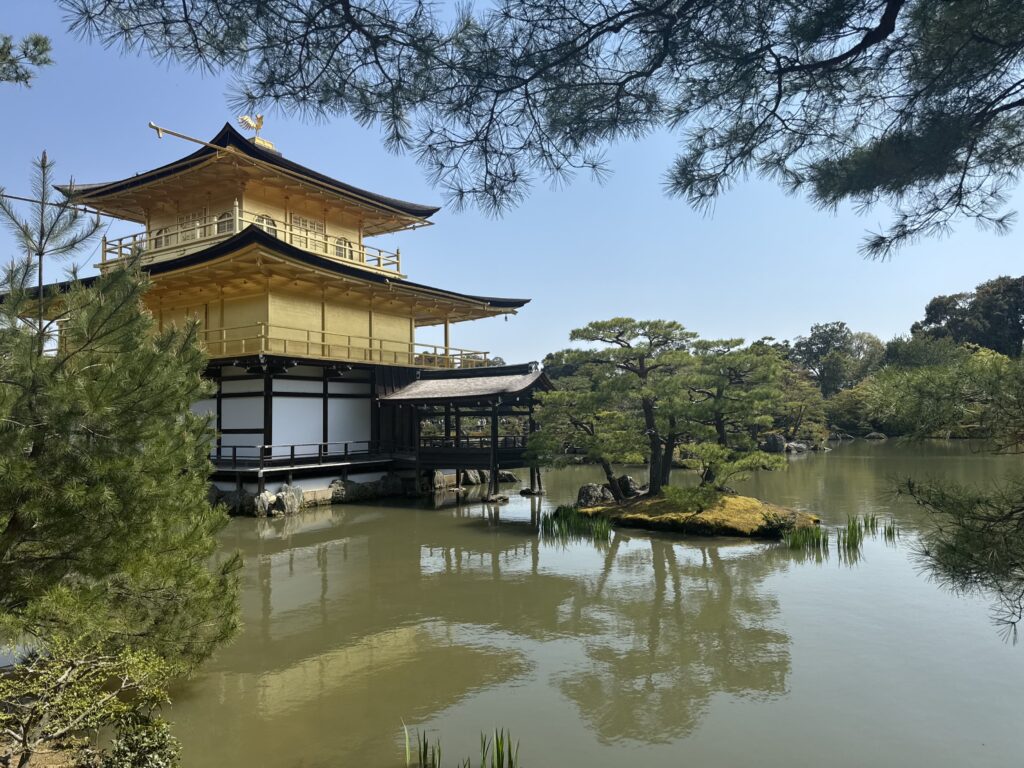
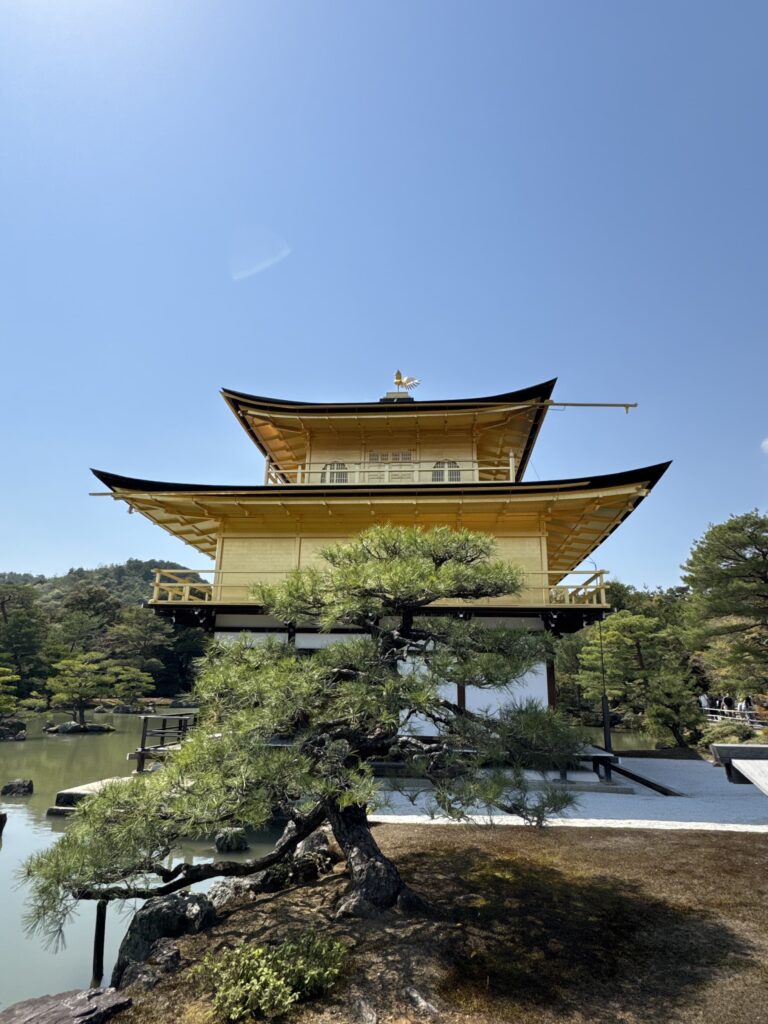
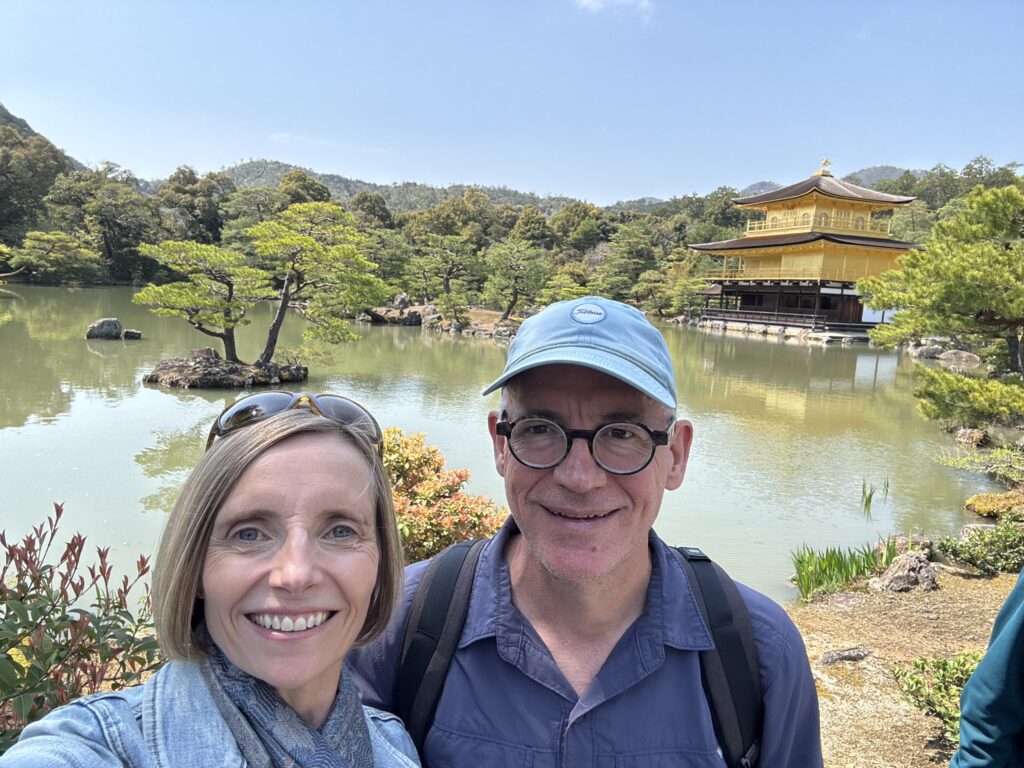
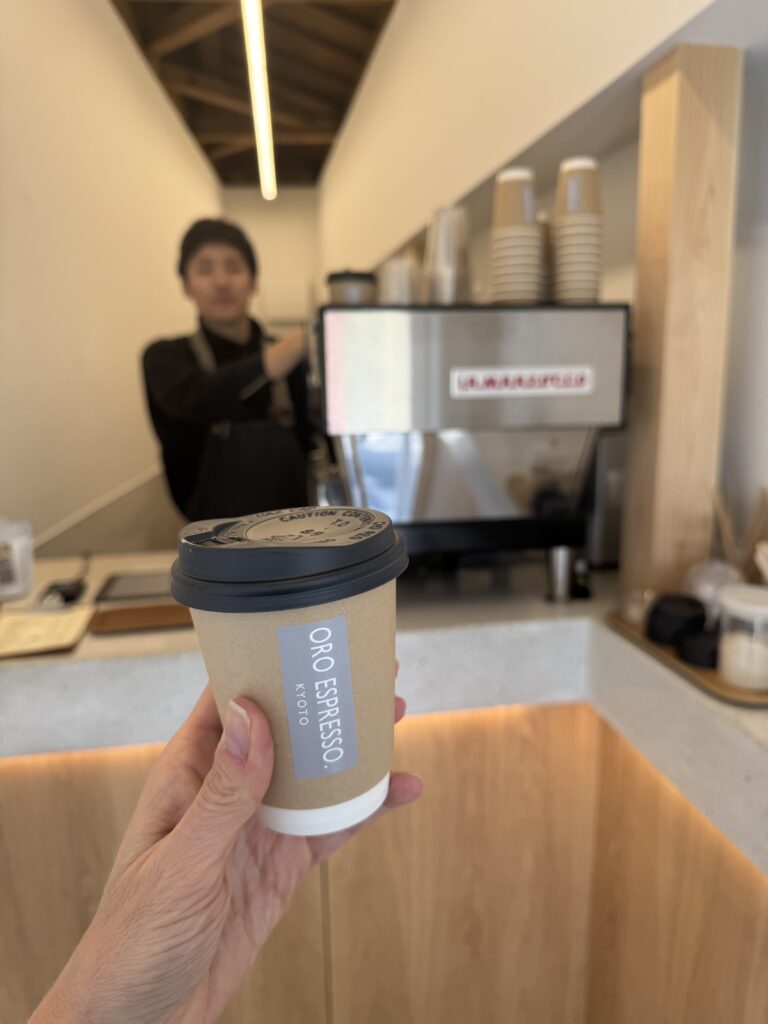
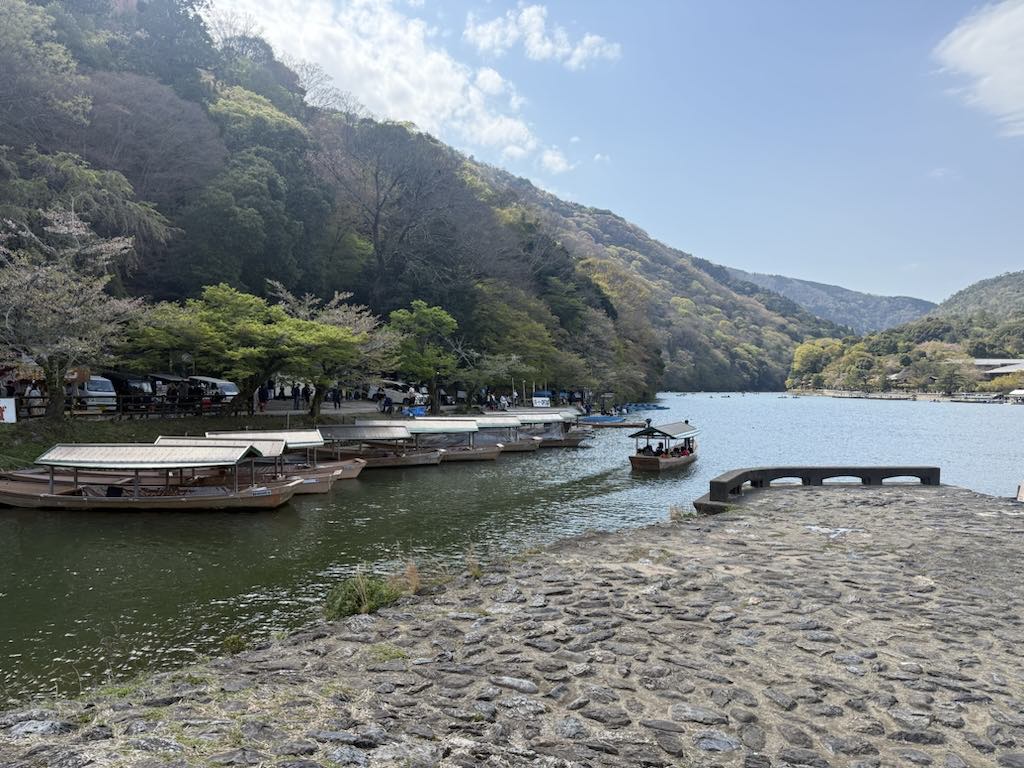
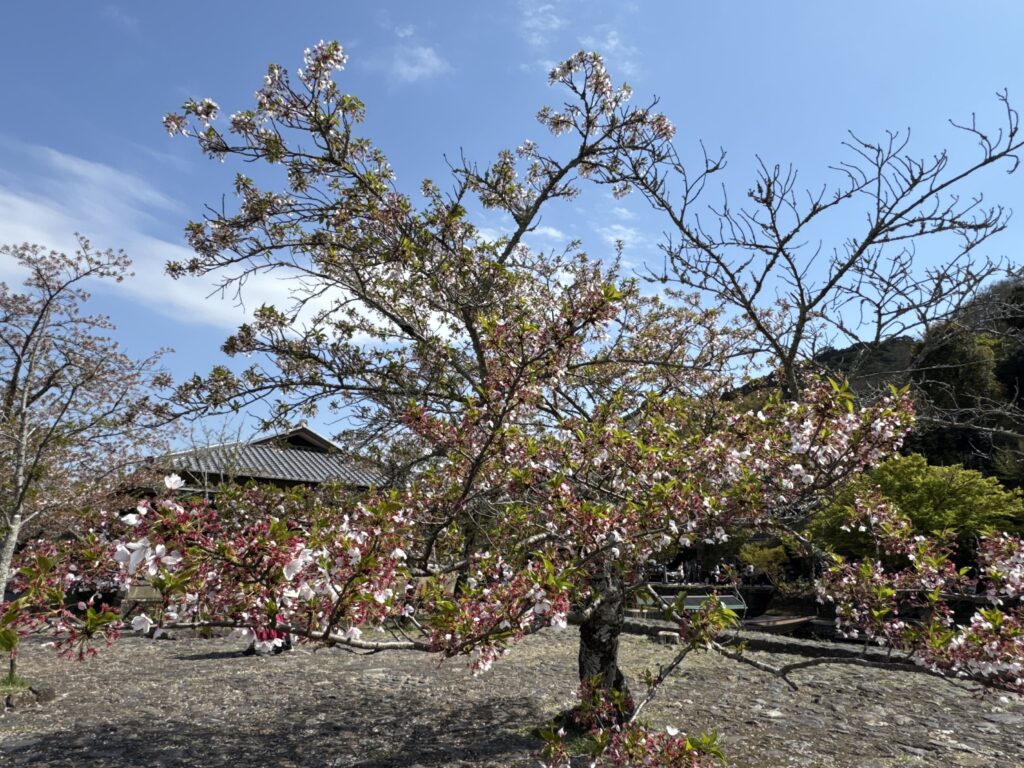
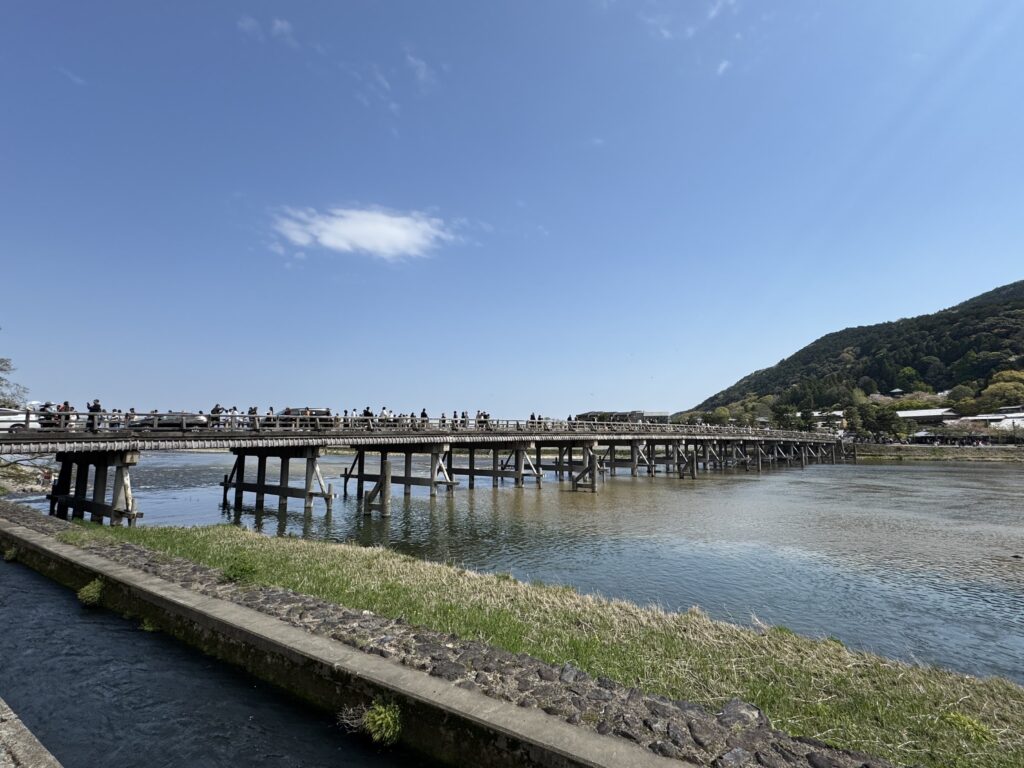
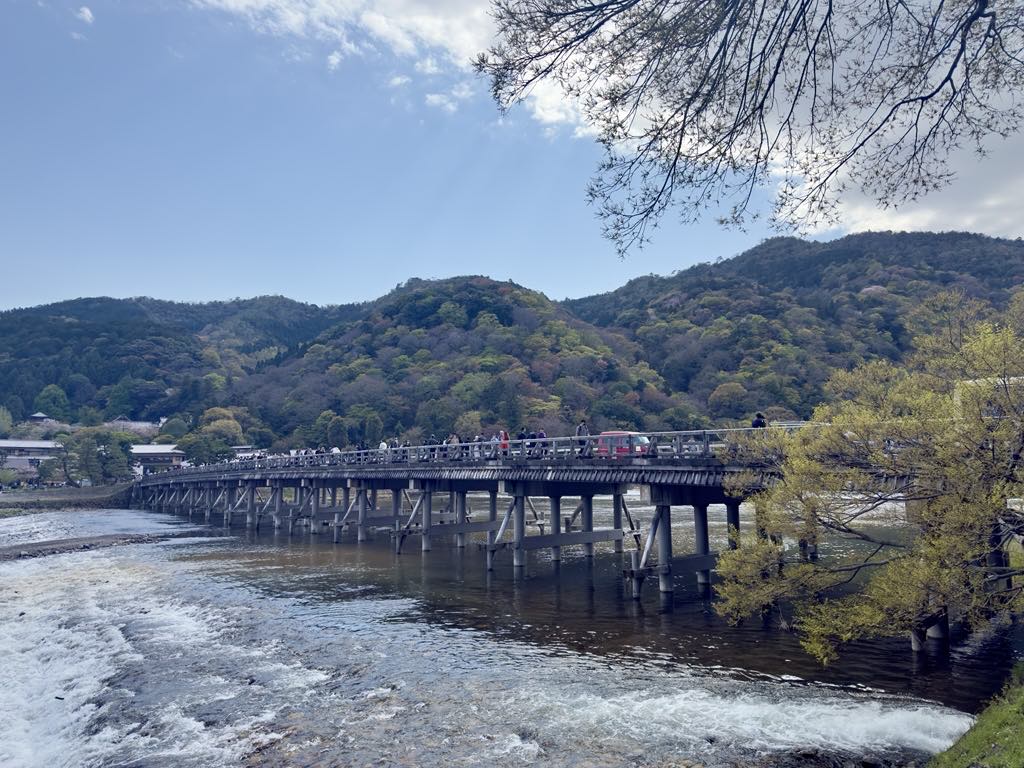
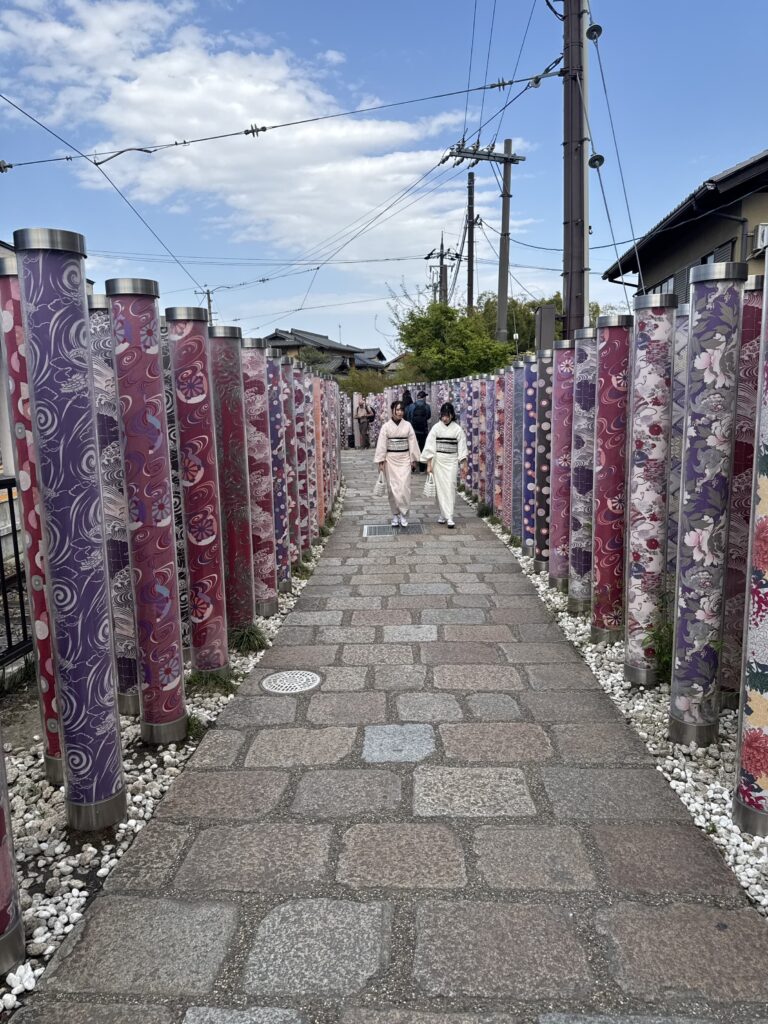
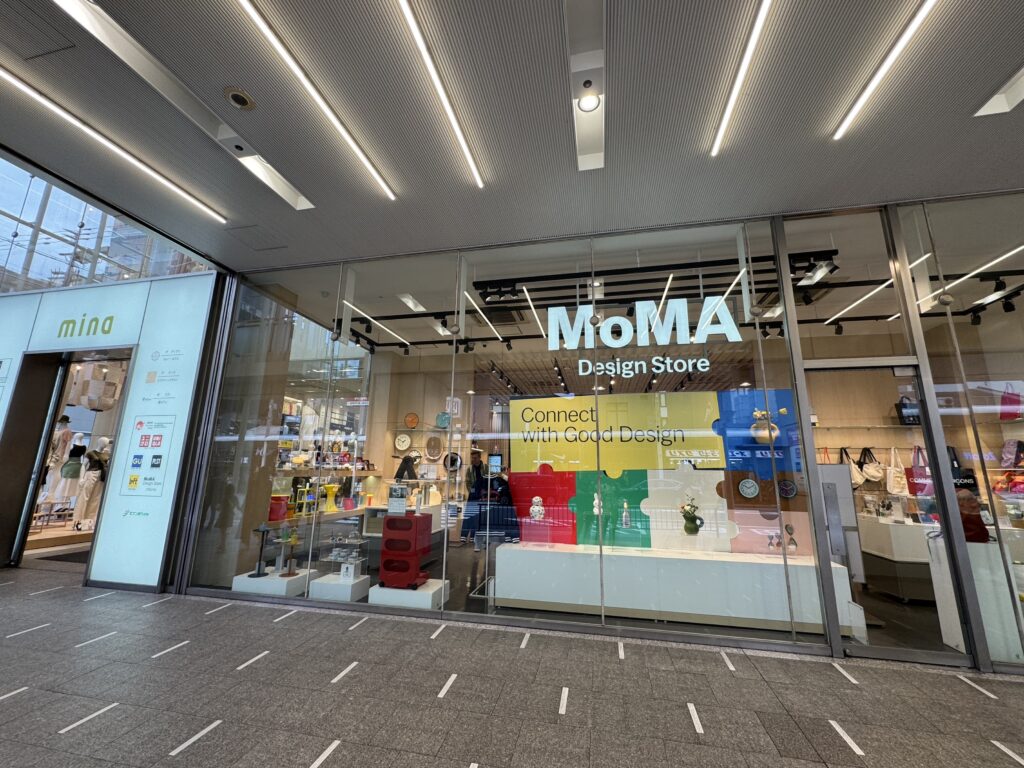
Comments are closed